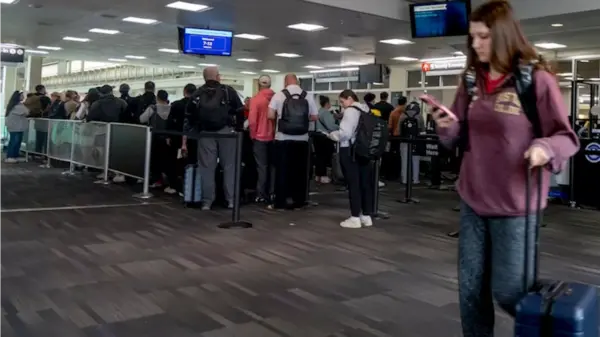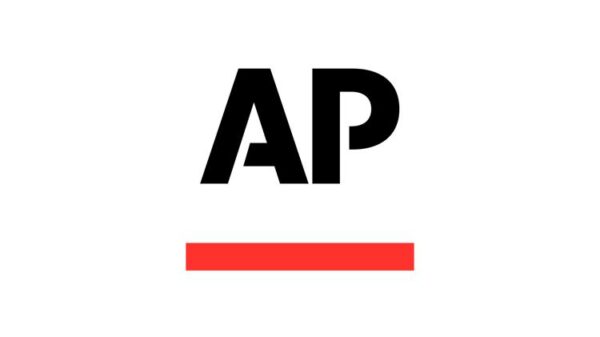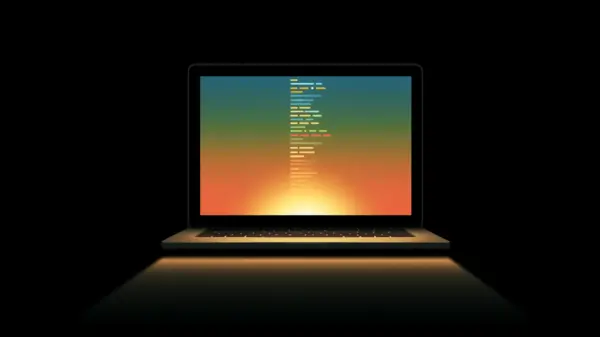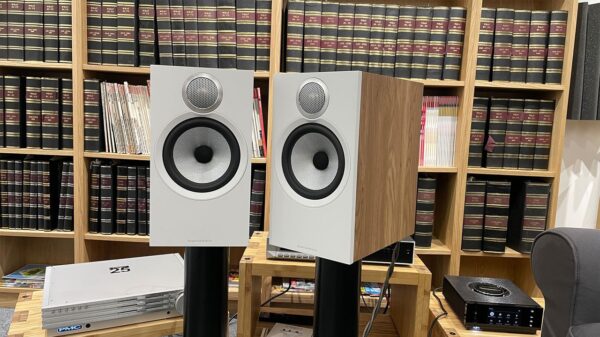The interstellar object known as 3I/ATLAS has been observed undergoing significant changes as it made its closest approach to the Sun, or perihelion. Recent observations indicate that the object, believed to be a comet, is shedding material at an alarming rate, leading to speculation that it may have fragmented into multiple pieces. Avi Loeb, an astrophysicist from Harvard University, has been closely monitoring this phenomenon and suggests that the object could have broken up into more than a dozen fragments.
Images captured by British astronomers Michael Buechner and Frank Niebling display the formation of a substantial “anti-tail” and a “smoking” trail, with jets extending approximately 620,000 miles towards the Sun and about 1,860,000 miles in the opposite direction. Loeb explains that, for a natural comet, the expected outflow velocity of these jets is around 0.248 miles per second, persisting over a timeframe of 1 to 3 months.
Mass Loss and Potential Fragmentation
Loeb’s calculations reveal that 3I/ATLAS would need to absorb an enormous amount of solar energy to lose such a significant portion of its mass. At its perihelion distance, the Sun delivers approximately 700 Joules per square meter per second, necessitating that 3I/ATLAS has an absorbing area larger than 617 square miles. This is approximately four times larger than his previous estimate of the object’s size, which he initially placed at least at 3.1 miles in diameter and with a mass of at least 33 billion tons.
While comets in the solar system are known to lose mass as they near the Sun, Loeb emphasizes that 3I/ATLAS is an outlier in this regard. He notes that the required surface area to account for the recent mass loss is at least sixteen times larger than what was derived from earlier images taken by the Hubble Space Telescope on July 21, 2025. Data from the James Webb Space Telescope on August 6, 2025 indicated that 3I/ATLAS was losing only 330 pounds per second at that time, a stark contrast to the estimated 4.4 million pounds per second near its perihelion.
Theories on the Object’s Nature
This dramatic escalation in mass loss raises questions about whether 3I/ATLAS may have disintegrated during its closest approach to the Sun. Loeb suggests that if the object indeed broke apart, it could have become at least sixteen equal pieces or possibly many more, indicating a potential explosion at perihelion. He remarked, “Breakup into fragments would have increased the surface area of its material.”
Interestingly, Loeb has previously proposed unconventional theories about 3I/ATLAS, including the possibility that it could be a massive alien spacecraft due to its unusual properties, such as its significant mass and trajectory. He noted, “Technological thrusters require a much smaller mass loss in order to produce the observed jets around 3I/ATLAS.” He elaborated that chemical rockets typically operate with exhaust speeds of 1.86 to 3.1 miles per second, which is significantly higher than the maximum speed of volatiles from natural cometary surfaces.
As further observations are anticipated, 3I/ATLAS is expected to make its closest pass of Earth on December 19, 2023, and then approach Jupiter in March 2024. The extent of its fragmentation, if any, will become clearer during these upcoming events.
In conclusion, the ongoing research and observation of 3I/ATLAS continue to spark curiosity and debate within the scientific community. With each new finding, the enigma surrounding this interstellar visitor deepens, leaving scientists eager to uncover its true nature.






































































